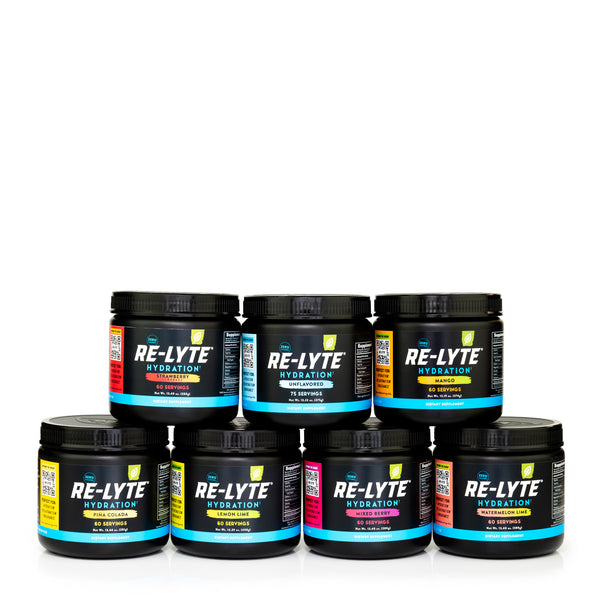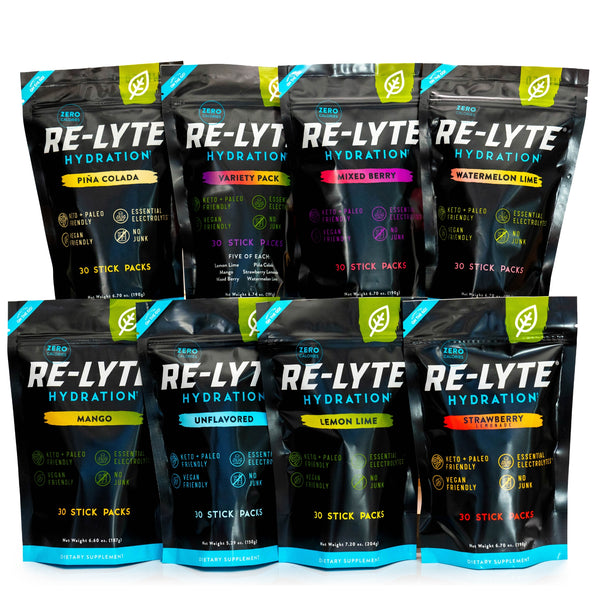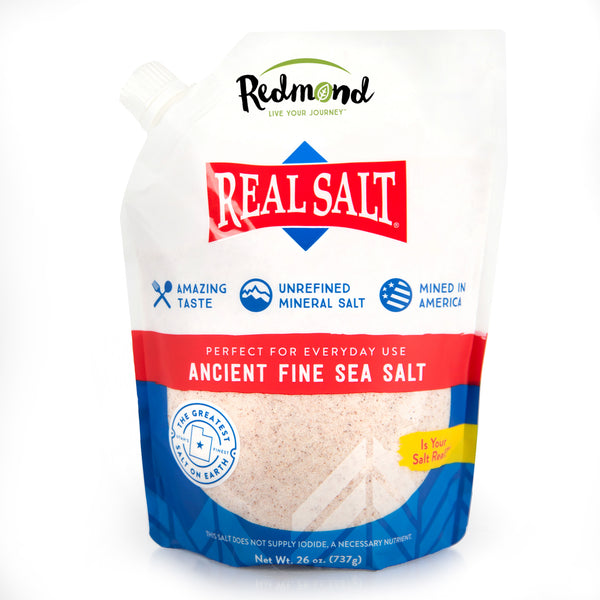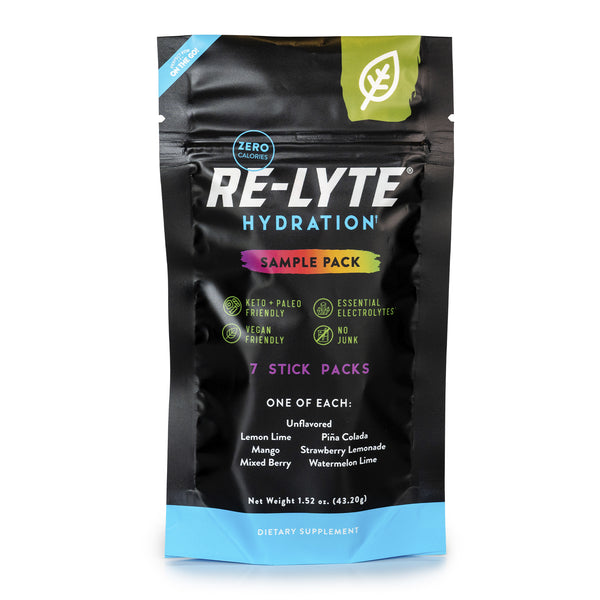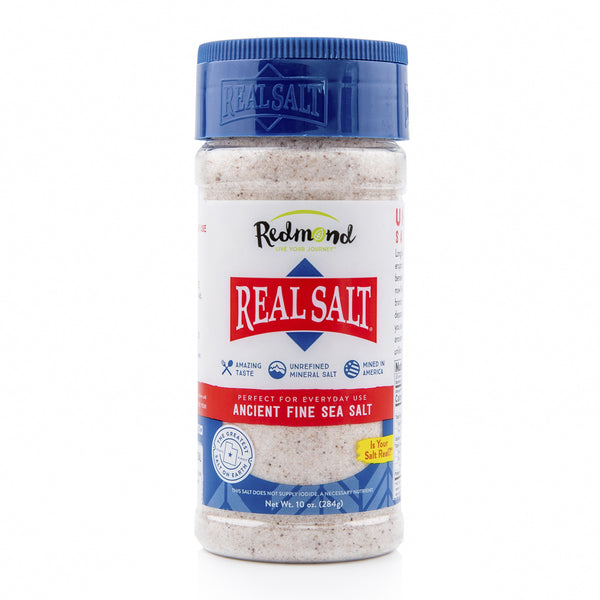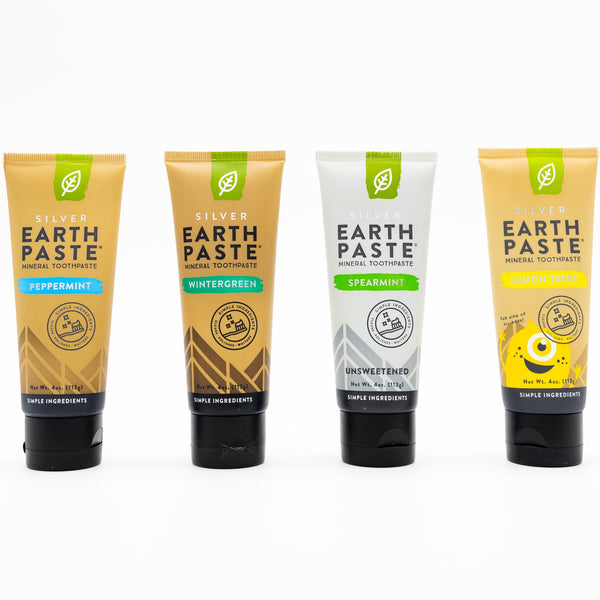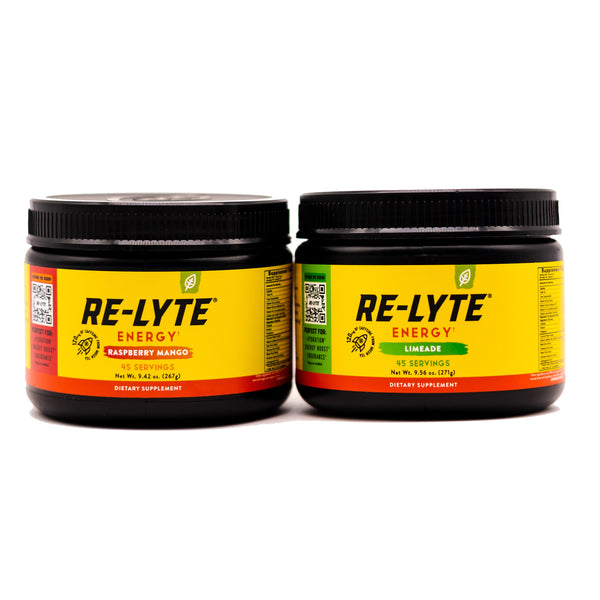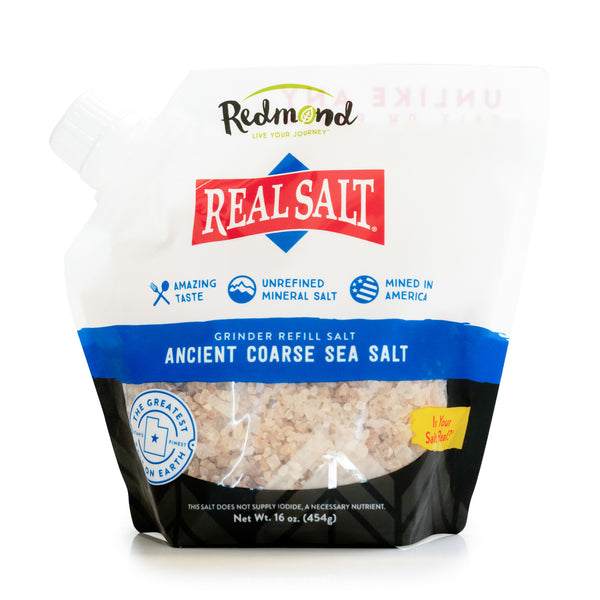Is Colloidal Silver Good for Your Skin?
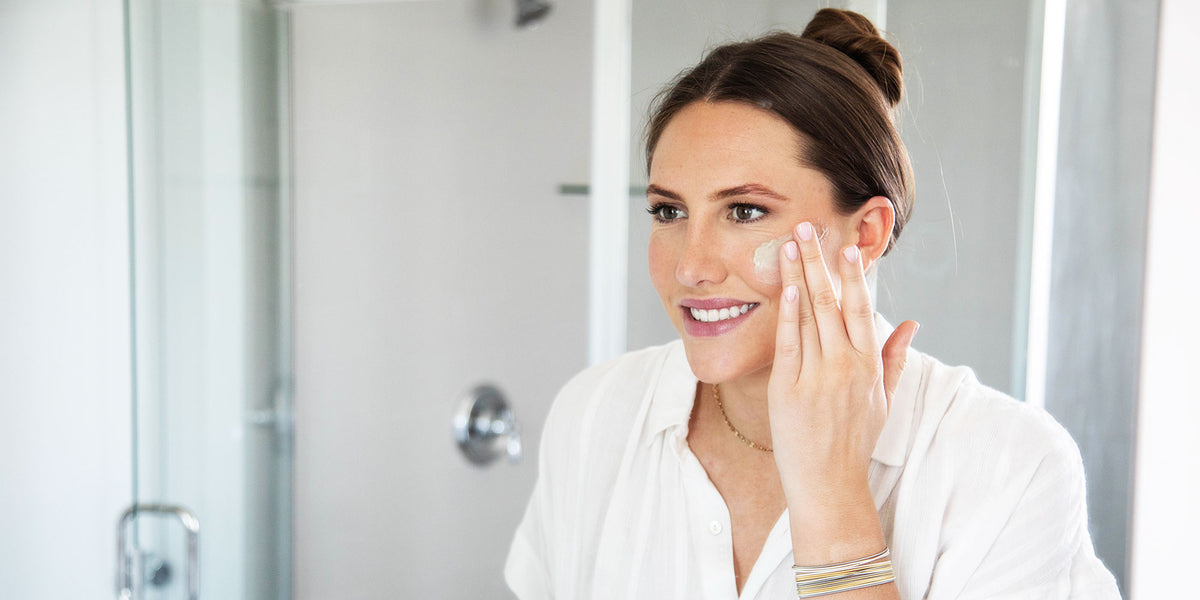
Retinol, tea tree oil, hyaluronic acid, CBD oil, niacinamide, vitamin C— there are a lot of options for achieving a healthy complexion these days. But there’s one skin-saving superhero that’s still flying under the radar: silver.
Silver’s antimicrobial properties have made it a staple in the medical world for over a century. But considering how much skin-soothing potential silver has, it’s surprising silver products aren’t taking over the aisles at Ulta, Sephora, and every department store beauty section too.
What exactly can silver do for your skin? Well, research shows silver has the potential to help with everything from inflammation to acne to aging. Here are some of the specific benefits you could experience by adding a little silver to your skincare routine.
How Silver Helps Your Skin
Silver has been used for years in wound dressings, creams, and coatings for medical devices because it’s a powerful antimicrobial. Colloidal silver, especially, was widely used for cleaning wounds and handling infections until antibiotics became popular in the 1940s. What is colloidal silver?
It's a mixture of water and tiny silver particles. Today, colloidal silver is often called nano silver (although, not everything labeled "colloidal silver" qualifies as nano silver). The silver particles in nano silver are especially tiny (less than 100 nanometers).
Nano silver formulas have proven benefits when it comes to skin health. A 2019 research review found that nano silver can help combat skin infections, promote healing, and reduce skin inflammation. In fact, this review concluded that nano silver cream was an effective treatment for inflammatory skin conditions like eczema, psoriasis, and contact dermatitis. It was just as effective for these conditions as common treatments like steroids and immune-suppressing drugs in animal studies.
Obviously, the antimicrobial properties of nano silver make it effective against skin infections. But they may also make it effective against one of the most common skin problems around— acne. Breakouts happen when oil and bacteria get trapped in your pores. Since nano silver is shown in multiple studies to reduce bacteria on the skin, it has serious acne-fighting potential.
Nano silver’s ability to heal wounds could also make it a powerful way to reduce the signs of aging. Research shows that when silver is applied to wounds it causes tissues to repair and regenerate. As a result, silver is often used topically to treat burns.
But this regenerative effect could help build new healthy tissue and collagen in those without wounds. As you age, your body’s stem cell production and function begin to decline and tissues don’t regenerate as well. This nosedive in regeneration triggers a loss of collagen which causes wrinkles and saggy skin. If nano silver can promote better skin regeneration, it could help support more youthful-looking skin as you age.
Is Putting Silver On Your Skin Safe?
Silver sounds like an amazing addition to your skincare arsenal, right? But after doing a little more internet sleuthing on silver, you may start to wonder whether silver is safe.
The concerns about silver’s safety primarily tie back to one thing: the risk of argyria. Argyria is a condition where silver particles build up in the body and cause the skin to turn bluish-gray. It usually develops in people ingesting large amounts of silver daily. Why would people do that?
Since silver is such a strong antimicrobial, a lot of people take silver internally to treat and prevent a wide variety of health conditions. Depending on the dosage and type of silver they take internally, there is a risk of argyria. But it only occurs in extreme cases where people are consuming large amounts of silver daily. And it only occurs with certain types of silver. If you’re using small doses of nano silver on your skin, argyria isn’t something you need to worry about.
In fact, one of the biggest benefits of nano silver is that it doesn’t accumulate in the body. The unique size and structure of silver nanoparticles allow them to flow through the body freely without combining with other elements, which means they don’t build up in tissues.
Based on the fact that nano silver provides antimicrobial benefits without accumulating in the body, we think it’s extremely safe, especially when used externally. After all, you’re using small doses of silver on your skin, not swallowing it.
Introducing Redmond Facial Mud and Charcoal Masks with Nano Silver
Silver clearly has a lot of potential when it comes to supporting healthy skin. That’s why we thought it would make an awesome addition to Redmond Clay Facial Mud and Charcoal Masks.
Our new and improved Facial Mud and Charcoal Mask formulas contain the same simple, clean, and real ingredients as the originals, plus the perfect dose of nano silver to make them even better at delivering clear, glowing skin.
The type of nano silver we’ve used in our Facial Mud and Charcoal Masks is backed by 420 independent, third-party studies, isn’t metabolized by the body, and is easily excreted without any residual buildup.
Each tube of our Redmond Clay Facial Mud and Charcoal Masks contains 5 parts per million (ppm) of nano silver. That means silver only makes up .0005% of each tube. That’s an extremely safe but still highly effective amount that will make a difference in how your skin looks and feels.
And of course, our Facial Mud and Charcoal Masks still contain Redmond Clay, which is one of the all-time best ingredients for healthy skin. And we’re not just tooting our own horn here. There’s tons of research to back up the beautifying powers of bentonite clay. In fact, bentonite clay has proven benefits for acne, healthy pores, and a wide variety of other skin conditions. That’s why bentonite clay and nano silver make the perfect skin dream team.
Ready to try the new and improved Facial Mud and Charcoal Masks for yourself?
Sources:
- Use of Silver in the Prevention and Treatment of Infections: Silver Review— Surgical Infections.
- Comparative evaluation of silver-containing antimicrobial dressings and drugs— International Wound Journal.
- Further evidence of the anti-inflammatory effects of silver nanoparticles— Further evidence of the anti-inflammatory effects of silver nanoparticles.
- Silver nanoparticles as an effective disinfectant: A review— Materials Science and Engineering.
- Silver nanoparticles: mechanism of antimicrobial action, synthesis, medical applications, and toxicity effects— International Nano Letters.
- Antimicrobial Silver in Medicinal and Consumer Applications: A Patent Review of the Past Decade (2007–2017)— Antibiotics.
- Acne— Mayo Clinic.
- Aging, stem cells and tissue regeneration: lessons from muscle— Cell Cycle.
Comments (1)

I’m so thankful we found this sight! It is a God sent! Thank you!
———
Redmond Life replied:
Hey Judy! We are so glad to hear that! We are so grateful for you, welcome to the Redmond Family!


